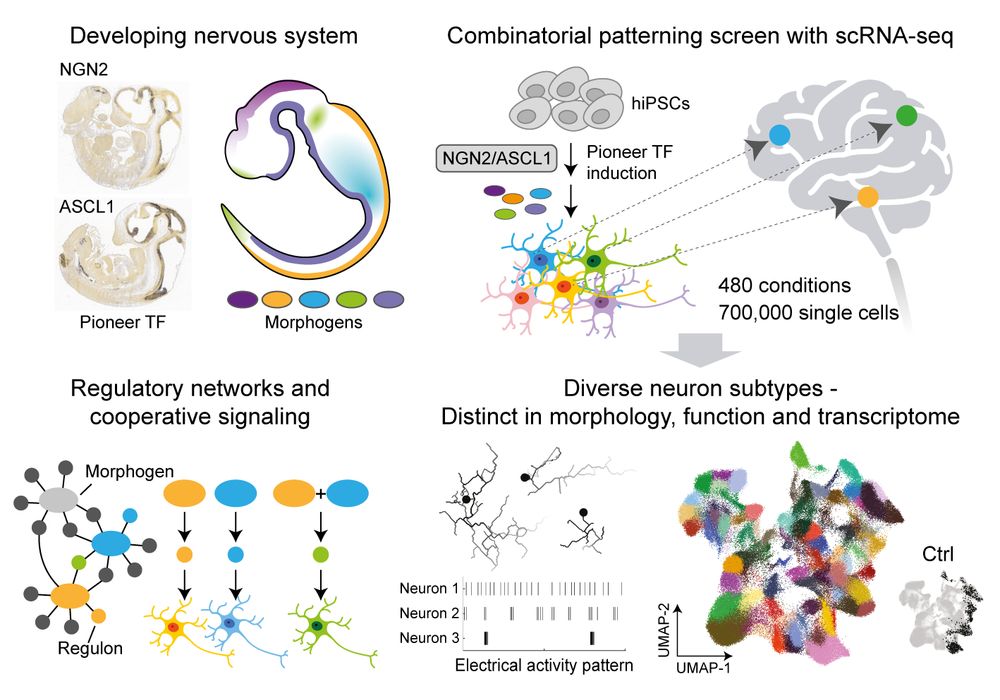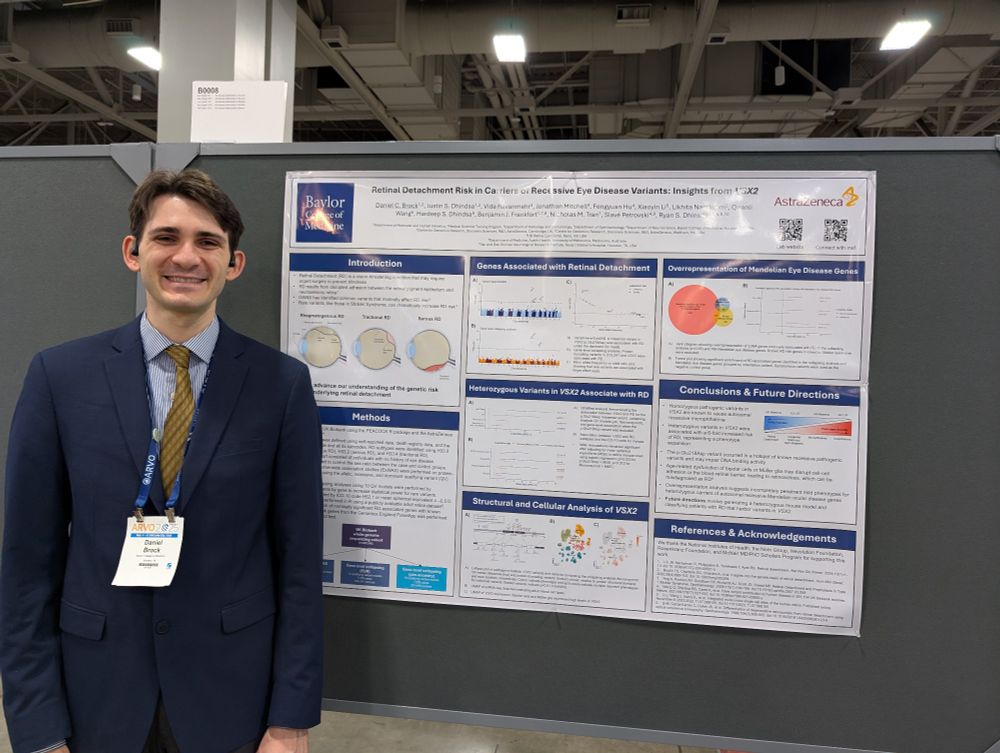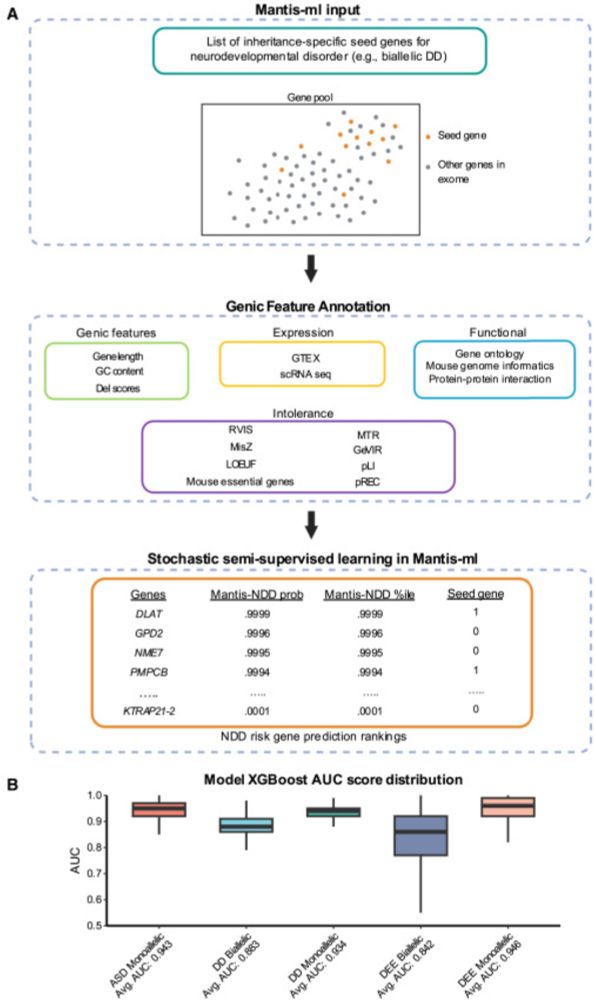

www.cell.com/cell-reports...
Join us at @bcmhgsc.bsky.social to explore the mosaic & somatic landscape of the human genome: structural variants, methylation, and all things @smahtnetwrk.bsky.social
If you like long reads, complex variants & methylation come talk to me!
Join us at @bcmhgsc.bsky.social to explore the mosaic & somatic landscape of the human genome: structural variants, methylation, and all things @smahtnetwrk.bsky.social
If you like long reads, complex variants & methylation come talk to me!
We combined MPRA and CRISPRa in excitatory neurons to test and validate cis-regulation therapies for hundreds of haploinsufficient neurodevelopmental disorder genes. 🧬🔬
www.biorxiv.org/content/10.1...
We combined MPRA and CRISPRa in excitatory neurons to test and validate cis-regulation therapies for hundreds of haploinsufficient neurodevelopmental disorder genes. 🧬🔬
www.biorxiv.org/content/10.1...
www.nature.com/articles/s41...

www.nature.com/articles/s41...
I was amazed how well it worked on first try (I'm sure that I can completely eliminate unspecific bands)
#WesternBlot #cellsky

I was amazed how well it worked on first try (I'm sure that I can completely eliminate unspecific bands)
#WesternBlot #cellsky
go.nature.com/4nRJyA4

go.nature.com/4nRJyA4
www.medrxiv.org/content/10.1...
Saturation genome editing of BRCA1 across cell types accurately resolves cancer risk.
Led by the amazing Phoebe Dace. This one’s packed full of data, so check out the paper. Quick highlights… 🧵 1/n

www.medrxiv.org/content/10.1...
Saturation genome editing of BRCA1 across cell types accurately resolves cancer risk.
Led by the amazing Phoebe Dace. This one’s packed full of data, so check out the paper. Quick highlights… 🧵 1/n
go.nature.com/46EtTyW

go.nature.com/46EtTyW
Led by @sherrynyeo.bsky.social, @erinmayc.bsky.social, and friends, we continue our journey to find viral DNA in our favorite place-- the overlooked and discarded reads in existing data! 1/

Led by @sherrynyeo.bsky.social, @erinmayc.bsky.social, and friends, we continue our journey to find viral DNA in our favorite place-- the overlooked and discarded reads in existing data! 1/

Shout out to my PIs Ben Frankfort and @ryandhindsa.bsky.social!
@arvoinfo.bsky.social #visionscience

Shout out to my PIs Ben Frankfort and @ryandhindsa.bsky.social!
@arvoinfo.bsky.social #visionscience
Using a new meta-atlas generation strategy, we identified functional gene networks that more fully explain how cell types are formed in the human cortex. (1/13)
www.nature.com/articles/s41...

Using a new meta-atlas generation strategy, we identified functional gene networks that more fully explain how cell types are formed in the human cortex. (1/13)
www.biorxiv.org/content/10.1...
www.biorxiv.org/content/10.1...
Please email me if you're interested (ryan.dhindsa@bcm.edu) or apply directly: jobs.bcm.edu/job/Postdoct...
📩
Please email me if you're interested (ryan.dhindsa@bcm.edu) or apply directly: jobs.bcm.edu/job/Postdoct...
📩
www.nature.com/articles/s41...

www.nature.com/articles/s41...
www.cell.com/cell-reports...

www.cell.com/cell-reports...
@cellpress.bsky.social @bcmhouston.bsky.social #DuncanNRI @astrazeneca.bsky.social www.bcm.edu/news/itsn1-g...

@cellpress.bsky.social @bcmhouston.bsky.social #DuncanNRI @astrazeneca.bsky.social www.bcm.edu/news/itsn1-g...

preprint: www.medrxiv.org/content/10.1...
R package: github.com/sbergercnmc/...
(1/n)
preprint: www.medrxiv.org/content/10.1...
R package: github.com/sbergercnmc/...
(1/n)
These funds will go to: the DC rally, covering costs of local rally sites (e.g., insurance!), and setting up @standupforscience.bsky.social for March 8th and beyond! Our work only begins on March 7th!
Make a tax-deductible donation using the QR code below!
Direct link: www.paypal.com/ncp/payment/...
#scienceforall #sciencenotsilence #standupforscience2025

These funds will go to: the DC rally, covering costs of local rally sites (e.g., insurance!), and setting up @standupforscience.bsky.social for March 8th and beyond! Our work only begins on March 7th!
www.cell.com/ajhg/abstrac...

www.cell.com/ajhg/abstrac...

📄Genome-wide prediction of dominant and recessive neurodevelopmental disorder-associated genes

📄Genome-wide prediction of dominant and recessive neurodevelopmental disorder-associated genes
www.biorxiv.org/content/10.1...

www.biorxiv.org/content/10.1...

